Restaurant advertising has never been more vital in today’s competitive dining landscape. As eating habits evolve and food trends emerge, diners constantly seek new culinary experiences and convenient dining spots. This guide explores cutting-edge restaurant advertising strategies to help your establishment attract more customers and boost revenue.
Table of Contents:
- What Is the Restaurant Industry?
- The Significance of Restaurant Advertising
- 18 Major Restaurant Advertising Trends for 2025
- Your Website & SEO
- Emphasis on Cleaning
- Local Community Engagement
- Google Business Presence
- Customer Loyalty Programs
- Personalization
- Online Ordering
- QR Menus
- Restaurant Chatbots
- Email Marketing for Restaurants
- Paid Advertising Strategies and Solutions
- User-Generated Restaurant Content
- Restaurant Customer Review Management
- Restaurant Menu Optimization
- Integration of Artificial Intelligence
- Use of Discounts and Special Offers
- Community Engagement for Restaurants
- Social Media Marketing
- Restaurant Technology Trends
- Restaurant Management Systems
What Is the Restaurant Industry?
The restaurant industry is one of the oldest industries in existence, and one of the most economically important. The term “restaurant industry” is extensive, covering any business primarily concerned with offering food to guests who will consume it on the premises. This includes everything from tiny snack bars attached to shops and other businesses to luxury dining establishments offering gourmet cuisine, and everything in between cafés, work canteens, fast food outlets, and more. The restaurant industry is a section of the wider hospitality industry, which includes everything from bars to hotels. For more information about different types of restaurants, read “Restaurant Industry: Overview, Types, Examples and More.”
The Significance of Restaurant Advertising
The significance of restaurant advertising in today’s world can hardly be overstated. The right advertising can make or break a restaurant. Even if a business isn’t struggling, the right advertising can transform it from a functioning business to a thriving enterprise. To benefit from rising demand and cope with the challenges presented by supply chain disruptions and staff shortages. More and more businesses are looking to online marketing as customers turn to online reviews and recommendations.
Restaurant patrons are increasingly comfortable with online booking and ordering. The internet offers new ways to reach customers, discover new markets, fulfill existing services, and manage your brand. As people seek restaurant recommendations and discuss their experiences on social media, these spaces offer exciting new ways to build your brand and engage with guests. More traditional advertising remains strong too.
18 Major Restaurant Advertising Trends for 2025
In this section, you’ll learn about 18 of the most important trends in restaurant advertising for 2025.
Your Website & SEO
Restaurant advertising in today’s marketplace starts with your website. Think of your restaurant website as the hub for all your online activities. Guests will arrive at your site when they’re considering your establishment. Consider what your guests want to see and how you can present your business in the best light. Your website needs to be well-organized so guests can easily find the information they want.
As well as eye-catching photos of your premises and the dishes on offer, you need to provide concise, meaningful descriptions and make your menus easy to access. Guests should be able to book tables, order food for delivery and pickup, and find your restaurant’s contact details and social media. Your location and opening hours should be the first things your guests see. Good SEO (search engine optimization) ensures your website is at the top of the search results.
Video: How to do SEO for a Restaurant?
Emphasis on Cleaning
Cleaning and good hygiene have always been important in the restaurant industry but now they’re something that customers are highly alert to. Guests returning to restaurants after the pandemic are more aware of cleanliness than ever. In a post-pandemic world, people visiting your restaurant need to know that the place where they’ll be eating is clean and safe. Sanitation stations near the entrance are common.
Ultraviolet sterilization, air purification, and contactless restaurant POS systems are all ways to help maintain cleanliness and reassure your guests. Letting your guests see cleaning in progress can also help to allay concerns. Introducing thorough cleaning protocols makes your staff and guests safer. Consider adding a page to your website detailing your cleaning and hygiene protocols so guests can check them before they visit. This reassures guests and helps with your restaurant advertising.
Local Community Engagement
Because your customer base will be local, engaging with your community is important. There are plenty of potential guests who live nearby but who haven’t visited your restaurant yet. Community engagement lets you reach these people and creates a good image for your business. Most restaurateurs utilize direct mail, and ads on local transport or in local media, but community engagement goes beyond these staple techniques.
Consider partnering with local organizations to host fundraising events at your premises. Offer sponsorships to local schools and sports clubs. Try out revenue-sharing nights to support local non-profits. Donate meals to shelters or for important local events. By reaching out to your local community, you can position your business as an important part of that community and build goodwill. This is especially important for businesses that don’t have national brand recognition.
Google Business Presence
Good restaurant advertising means ensuring that customers can find your business. In the 2020s, that means visibility on Google. For good or ill, Google is now king when finding just about anything — including restaurants. When a customer is looking for somewhere to eat in their area, they will likely use Google’s search engine and Google Maps. Fortunately, it’s easy to establish your restaurant on Google with Google My Business.
This is a free tool that you can use to register your business with Google. You can add your website, restaurant location, operation hours, and other information. You can also provide pictures and menus. When people search for restaurants in your area, your business will be marked on Google Maps, and customers will be able to see when you’re open and what you offer. You will also be able to engage with reviews or comments left by your customers.
Video: Increase Your Restaurant Online Visibility with Google My Business
Customer Loyalty Programs
As well as reaching new customers, it’s important to retain existing ones. That’s where customer loyalty programs come in. Customer loyalty is hugely important to a restaurant; after all, the more past customers you can retain, the fewer new customers you’ll need to help your business thrive. By targeting this small but loyal group, you can maximize the effectiveness of your marketing efforts.
Even something as simple as providing a free hot drink or a small side dish after a certain number of visits can encourage customers to come back time after time. Encouraging your guests to connect with your business on social media or via email gives you new avenues of communication, allowing you to offer them promotions, special offers, coupons, and other perks for being a regular. A good loyalty program can have a significant impact on your overall revenue.
Video: Restaurant Loyalty Programs
Personalization
Creating positive customer relationships is vital in any part of the hospitality industry. This goes beyond the loyalty programs mentioned above. Customers like to feel valued and appreciated. You should strive to personalize a customer’s experience to create a positive impression where possible. Even something as simple as remembering a customer from a previous visit and greeting them by name can markedly improve their attitude toward your business.
Remembering food preferences and dietary restrictions can make a big difference for a guest. While it’s important not to overlook this kind of old-school personalization, technology offers new ways to personalize a guest’s experience. With social media and email, there are even more personalization options available. You can send customers personalized recommendations, send messages on important dates like birthdays or anniversaries, and ensure that online content is targeted to their interests.
Online Ordering
Online ordering has been a boon to customers and restaurant management alike. Many customers nowadays like to order online, even if they plan to eat in rather than pick up food or have it delivered. It’s easy to see how online ordering improves the customer experience: it’s quick, convenient, and saves time in a busy world. By making it easy for customers to order food via your website or a restaurant app, you can increase sales and make your restaurant more attractive to your customers.
There are plenty of specialist ordering systems that you can use. Ensure that customers can find the link to place orders easily and that the instructions are clear. Customers should be able to pay using various methods. As well as credit and debit card payments, consider accepting digital payment systems like Venmo or PayPal.
QR Menus
Although the QR code fad has abated in recent years, QR codes are still a popular and widely recognized tool for providing information quickly and conveniently. Instead of entering a URL into their browser, customers can scan the QR code and get the information they want immediately. This is especially useful in a restaurant context. Instead of handling a physical menu, customers can use QR codes to see the restaurant menu on their phones.
As well as being more sanitary and convenient than traditional menus, these touchless digital menus can be updated with changes and special offers without needing to print a new batch of physical menus every time. Digital menus can also include additional information, such as nutritional data and possible allergens. QR code menus make it easier to provide recommendations and suggest additional items, such as drinks or sides.
Video: Why menu QR code are here to stay?
Restaurant Chatbots
Chatbots are growing in popularity as restaurant advertising and marketing tools. With many regions facing staffing challenges, restaurants are increasingly turning to chatbots to provide quality customer service while decreasing the pressure on their busy staff. Chatbots are software tools that can communicate with customers using artificial intelligence to provide meaningful responses. While no chatbot can answer every question a customer might have, a chatbot can give useful information, such as opening times and the day’s specials.
More sophisticated chatbot systems can even make reservations or take orders. Some restaurants integrate chatbots into their websites and apps. They can also be integrated into a restaurant’s social media; when guests visit a restaurant’s business page on a social platform, the chatbot can interact with them via the platform’s chat function. To learn more about restaurant chatbots and how they can help you, read “Restaurant Chatbots: What Are They, Their Use and Benefits”.
Video: Restaurant Chatbot: Smarter Demos Series
Email Marketing for Restaurants
Email marketing involves sending promotional emails to customers or potential customers. These emails could include special offers, information about new menu items, or news of upcoming events at your restaurant. For businesses, email marketing remains an important part of the marketing mix because it allows a large number of people to be targeted quickly. It can also help to keep customers engaged with your business over time.
Some of the biggest restaurant advertising trends related to email marketing focus on personalization. For example, this could include sending an email to offer a customer a discount on their anniversary, or sending an email making an intelligent recommendation for a future order, based on the past orders made by that customer. Effective email marketing can help to increase customer loyalty and keep your restaurant in people’s minds.
Video: Boost Your Restaurant’s Sales with Email Marketing
Paid Advertising Strategies and Solutions
Paid advertisements are ads that your business pays to display to users online. These ads can appear on social media platforms, web pages, search engine results pages, and before, during or after a video on a platform like YouTube. This type of advertising is useful because it allows restaurants to reach specific demographics. There are a variety of payment models, but in many cases, you will only pay when someone clicks on your ad.
Search engine adverts help to attract people who are specifically searching for related terms, while paid social media ads can be highly effective for targeting people with specific interests or shared traits. Key restaurant advertising trends also include location-based targeting and ads placed on food ordering apps.
Video: Google Ads For Restaurants – Get new customers regularly (Step-by-step tutorial)
User-Generated Restaurant Content
Within the field of restaurant advertising, user-generated content describes content created by ordinary people, including your customers. This user-generated content is usually related to people’s experiences in your restaurant. User-generated content has advantages over your own marketing efforts, as people are often more likely to trust other diners. Positive user-generated content is important, therefore, because it serves as an endorsement.
Examples of user-generated content include photographs taken in your restaurant, images of your food, and written content offering first-hand experiences. Some of the most interesting restaurant advertising trends are designed to encourage user-generated content, like photography contests and memorable social media hashtags. While most user-generated content is likely to be on social media, it can also be on food ordering apps, third-party table reservation services, your own restaurant website and on food websites, blogs or YouTube channels.
Restaurant Customer Review Management
Customer review management is the process of optimizing your business’s reputation online. In terms of restaurant advertising trends, platforms to focus on include social media sites, search engines, and review platforms. It is important to understand customer reviews as a modern form of advertising. A large number of potential diners are going to read feedback from your customers before making a reservation or ordering a takeaway.
Managing customer reviews requires a multi-faceted approach. You need to provide quality food and great service, but you also need to provide incentives for people to review your restaurant on major platforms. In situations where you attract negative reviews, you need to honestly assess the feedback, learn from it, take steps to prevent similar issues, and respond in a way that minimizes the damage caused by the review.
Video: How to get more restaurant online reviews | Restaurant Marketing Tips
Restaurant Menu Optimization
Optimization of a restaurant menu involves adapting the menu over time, in order to maximize financial outcomes. This can include changing menu items, catering for new customer types, adjusting prices and altering the layout. Menu optimization is an important part of day-to-day management because even small gains can add up over time. Using customer data, it is possible to optimize a menu based on what sells and where the biggest profit margins are.
Modern restaurants collect vast amounts of data on everything from how long a meal takes to prepare, to how much the ingredients cost. Combined with behavioral data, you can create a menu that is designed for financial success. Digital menus are also emerging as one of the more subtle restaurant advertising trends. These menus allow you to accept orders from your app, promote menu items, upsell, push special offers and make data-driven recommendations.
Video: How To Do Menu Engineering (Double Your Profit)
Integration of Artificial Intelligence
Artificial intelligence is transforming many areas of operation and it is also emerging as one of the key restaurant advertising trends. Using AI, restaurants can automate marketing processes and guest communication. The rise of AI can be extremely beneficial for restaurants, allowing them to reduce staff workloads and analyze vast amounts of data quickly. This can lead to the right marketing message being automatically sent to the right person.
Examples of AI integration within restaurant advertising include the use of chatbots to promote services and upsell and cross-sell, or the use of predictive analytics to target customers who may be most likely to make a reservation. By analyzing past behaviors, including orders and booking patterns, restaurants can improve marketing efficiency and reduce the amount of money that is wasted on targeting people who are unlikely to visit.
Use of Discounts and Special Offers
Discounts and special offers include sales, discount codes, vouchers, “buy one, get one free” deals and other similar promotions. They can be made available to all customers or sent to specific individuals. Special promotions are among the most important restaurant advertising trends because they provide a clear incentive to eat at your restaurant. Offering great deals can attract customers who may otherwise go elsewhere.
Using data analytics and similar technology, you may be able to target specific customers with offers that are most likely to appeal to them, based on previous orders they have made. Alternatively, you can provide a range of deals for first-time customers, providing a clear reason for them to choose your restaurant over your competitors. Once you attract customers, you then have the chance to impress them with your service, so they keep coming back.
Video: Create Better Restaurant Coupons – Restaurant Marketing Tips
Community Engagement for Restaurants
Community engagement describes getting involved with local causes and becoming an integral part of the community around you. It may include working with charitable causes, helping people, or building mutually beneficial relationships. By engaging with your local community, you can generate goodwill and lasting loyalty. You may also benefit from affiliate marketing strategies, improved brand awareness, and good publicity in the local press.
Relevant restaurant advertising trends include sponsoring a local sports team, providing meals for disadvantaged people, working with local charitable causes and partnering with local businesses in other industries. Working for the benefit of the local area can enhance your reputation and help you to attract more business.
Social Media Marketing
Regarding restaurant advertising, social media marketing has never been more important. A huge percentage of potential customers now turn to social media when they’re looking for a restaurant. With more people spending more time on social media, there are more opportunities than ever to promote your business, from simple text posts to video marketing. One big advantage of social media marketing is the level of detail available regarding your audience.
It’s now possible to target ads very specifically. You can serve social media ads targeted by location, demographic, interest in dining out, and food preferences. Social media marketing goes well beyond paid ad spots. There’s great organic reach and opportunities to engage with your guests. You can use social media platforms to share promotions, respond to comments and suggestions, and create a more favorable perception of your brand.
Restaurant Technology Trends
In this article, you’ve learned a little about the role of technology in restaurant advertising. What about technology in the restaurant itself? From restaurant management systems to digital inventory solutions, technology in the restaurant industry is advancing rapidly.
In “Latest Restaurant Technology Trends You Need to Know About”, you’ll discover the latest developments in restaurant technology and how they can benefit you. Find out about cloud-based point-of-sale systems, digital kitchen display screens, and virtual reality onboarding. Learn how the latest technological developments can streamline every aspect of your restaurant and provide a better experience for your guests.
Restaurant Management Systems
Software solutions for restaurant management can make a huge difference to your business. They can save time, reduce errors and increase your revenue. Many management solutions are available to today’s restaurateurs, and it can sometimes be difficult to determine which ones are right for you.
In “Restaurant Management Software: A Complete Overview”, you’ll learn about different restaurant management software types and their features. From restaurant POS systems accounting packages to reservation management software, this article tells you everything you need to know when selecting solutions for your restaurant.
Restaurant Advertising FAQs
Restaurant advertising is increasingly important in today’s dynamic hospitality space. Tried-and-true advertising methods remain relevant while technology offers new possibilities. You can stay ahead of the curve by combining traditional advertising, community engagement, social media marketing, and new technologies.
More Tips to Grow Your Business
Revfine.com is the leading knowledge platform for the hospitality and travel industry. Professionals use our insights, strategies, and actionable tips to get inspired, optimize revenue, innovate processes, and improve customer experience.Explore expert advice on management, marketing, revenue management, operations, software, and technology in our dedicated Hotel, Hospitality, and Travel & Tourism categories.
This article is written by:
Hi, I am Martijn Barten, founder of Revfine.com. With 20 years of experience in the hospitality industry, I specialize in optimizing revenue by combining revenue management with marketing strategies. I have successfully developed, implemented, and managed revenue management and marketing strategies for individual properties and multi-property portfolios.

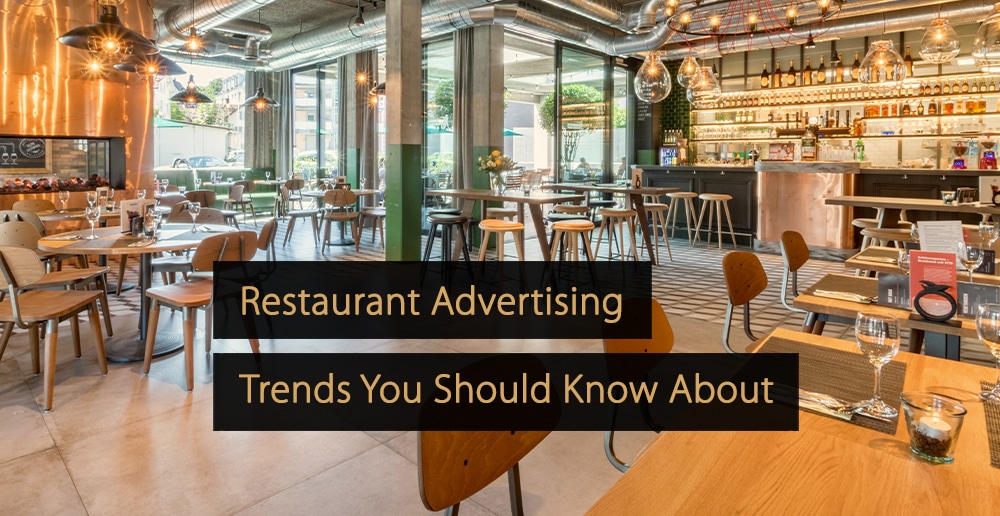


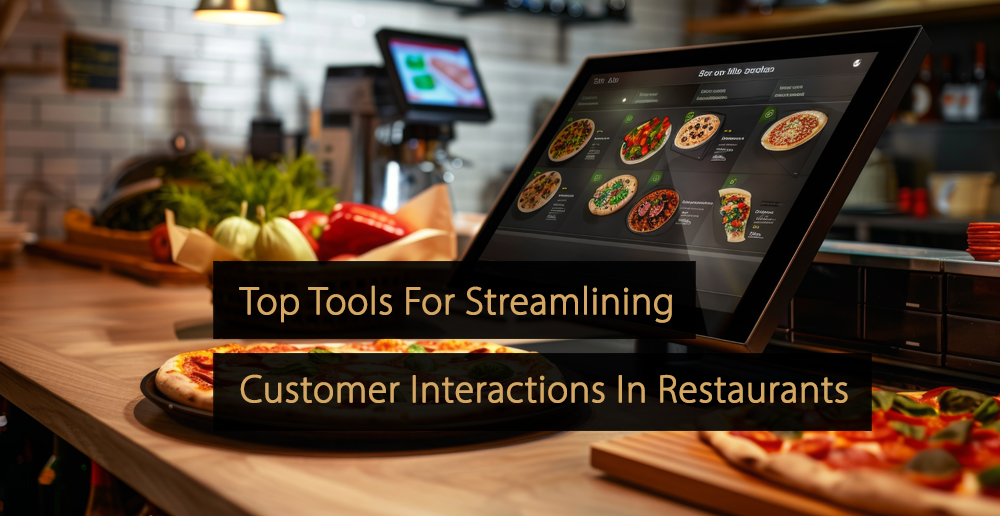
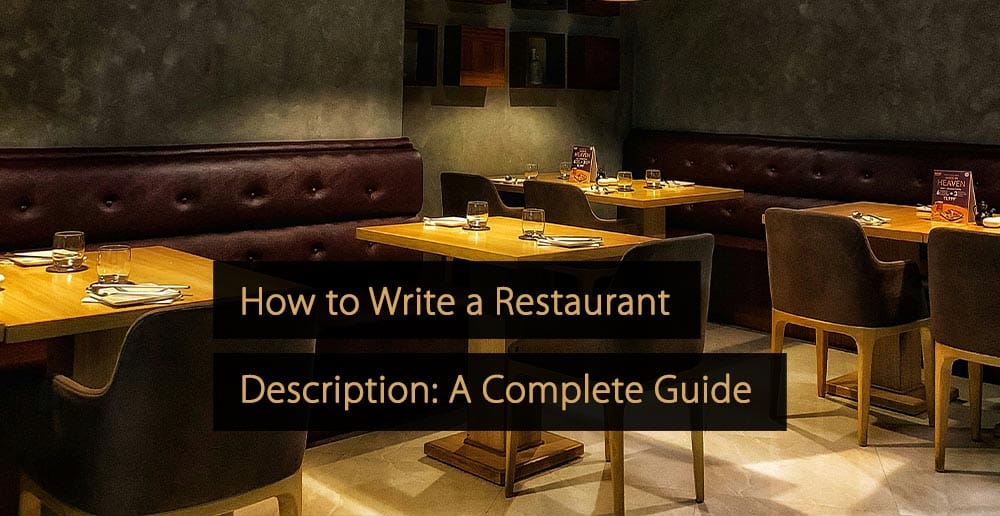
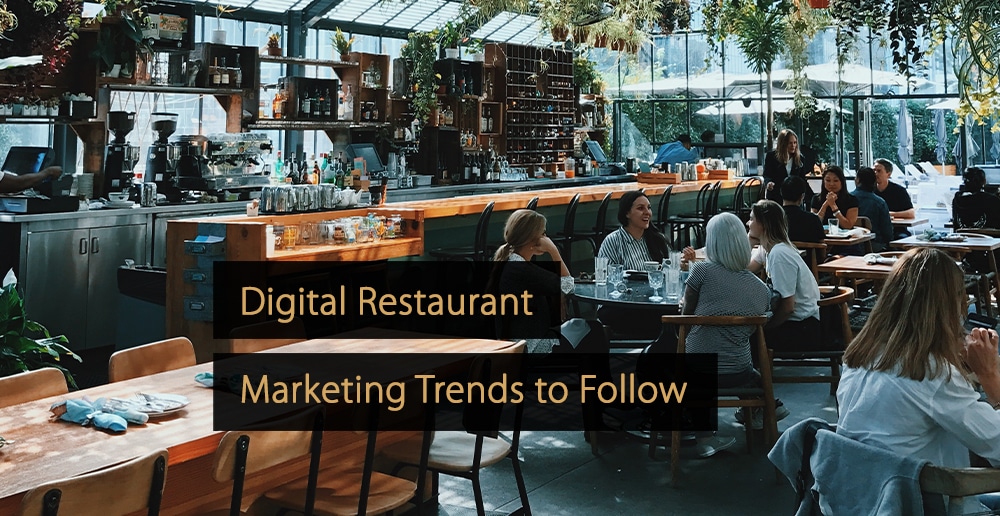
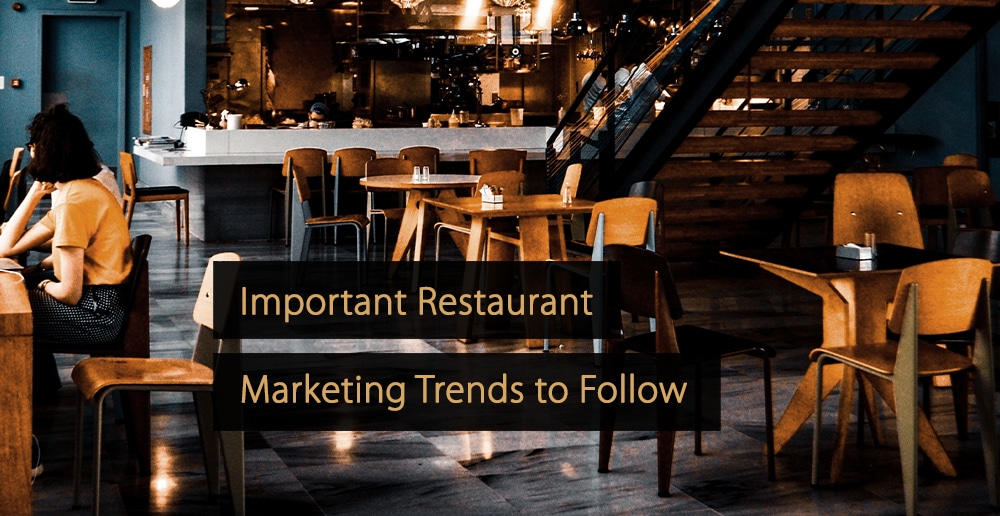
Leave A Comment